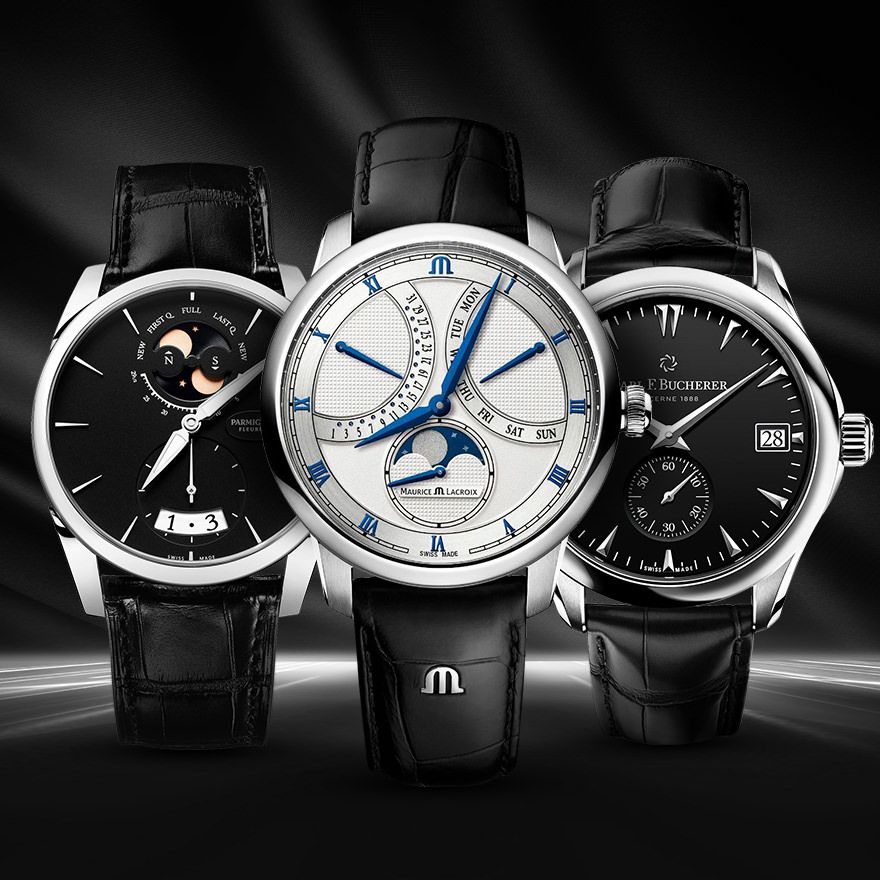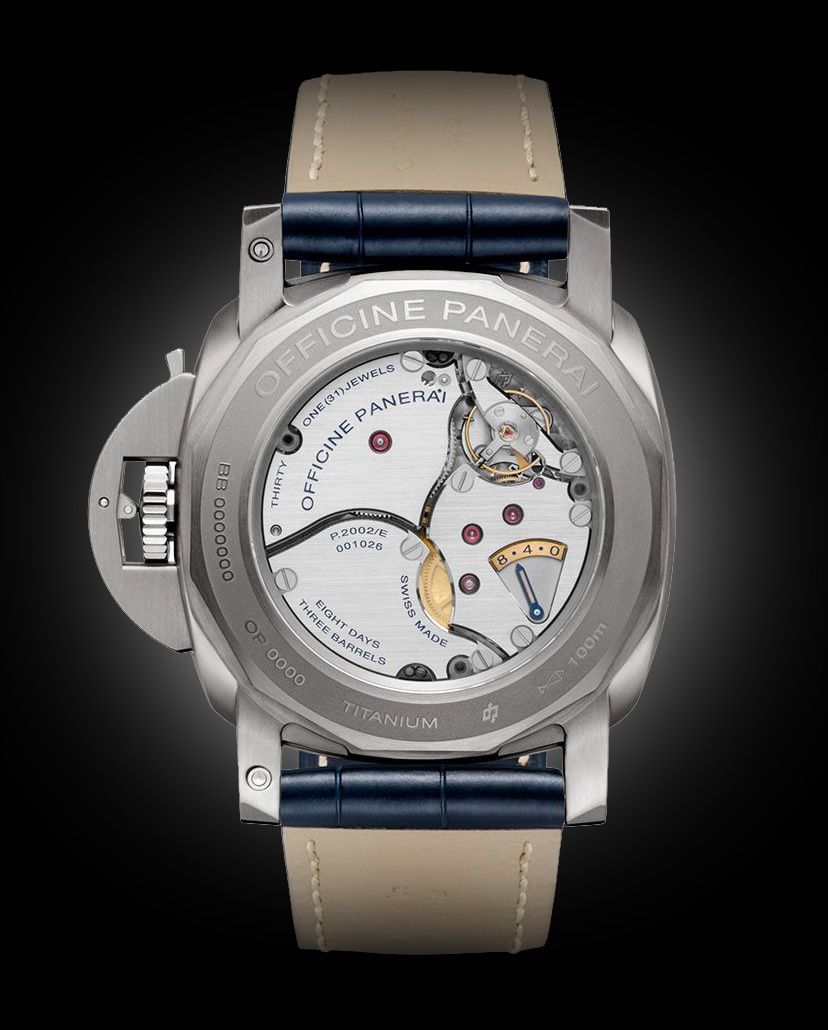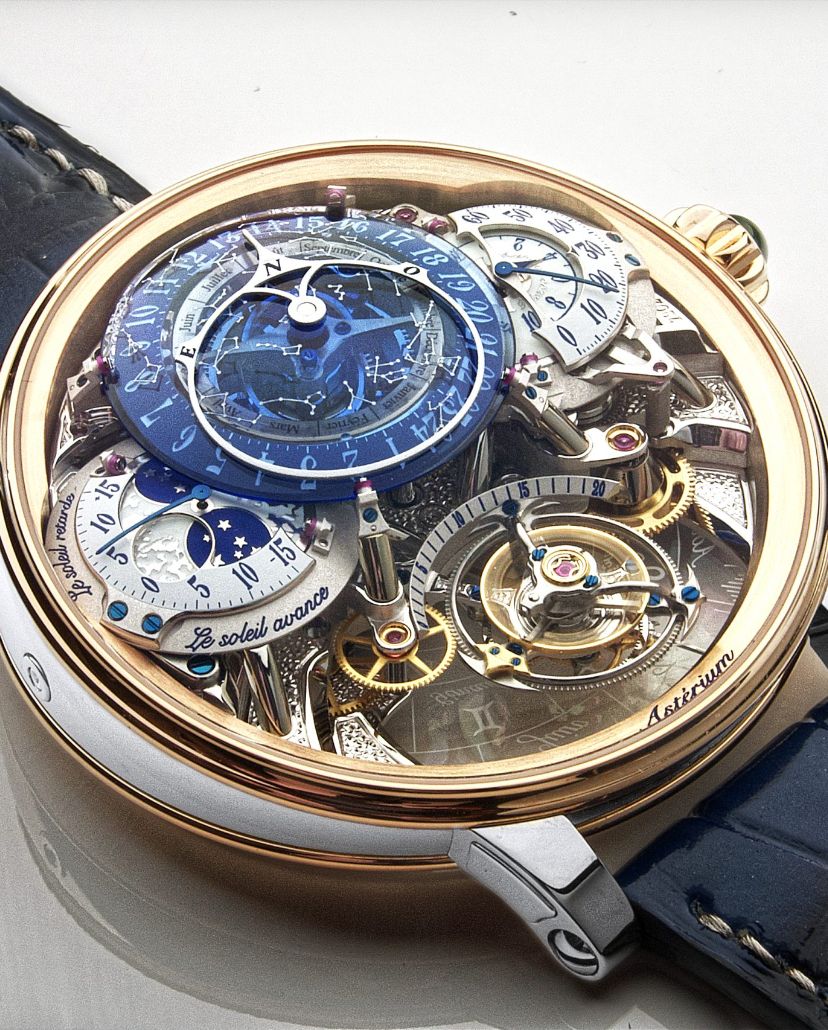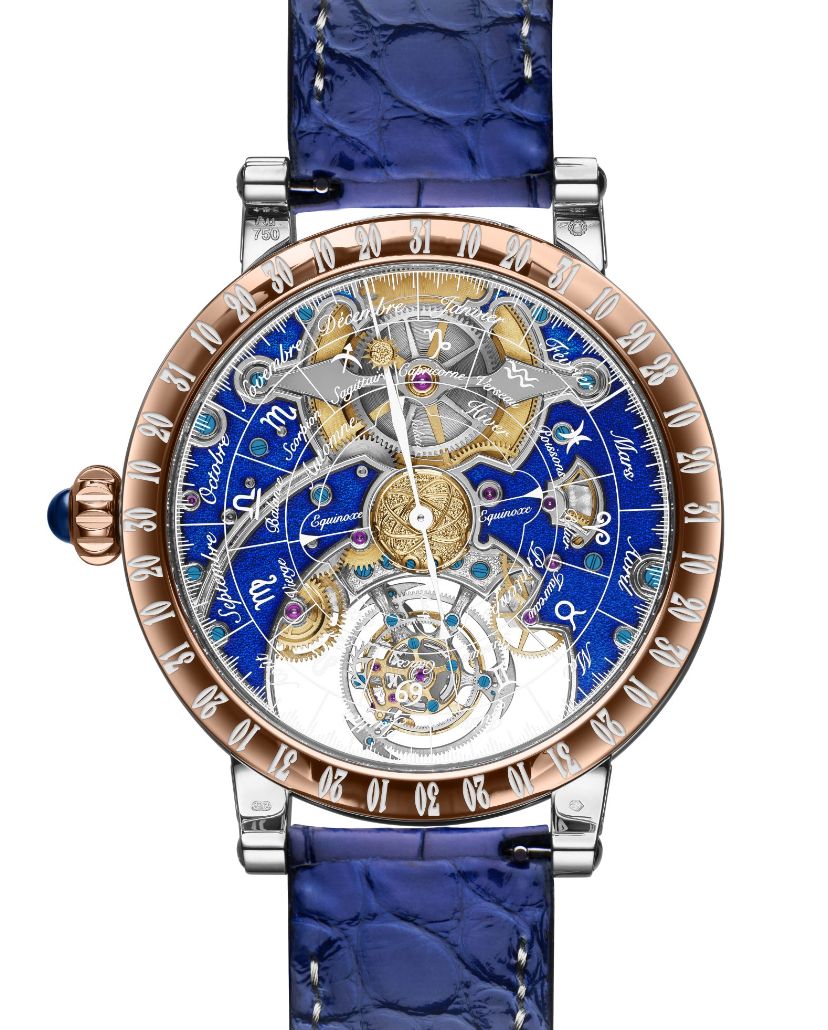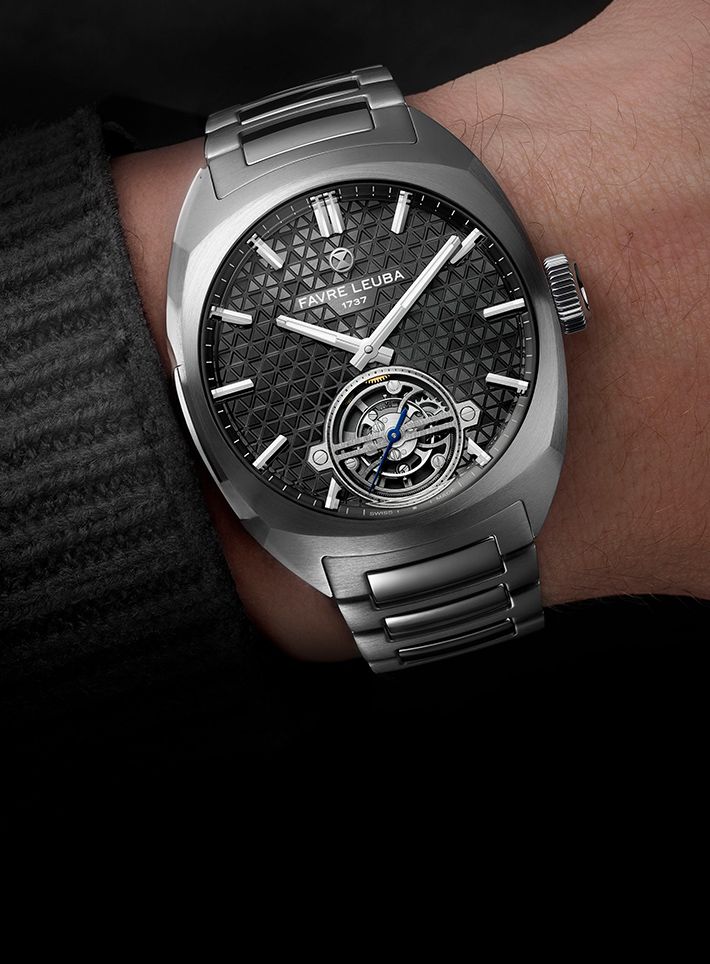Watch GlossaryEquation Of Time
A quick guide to understand what the equation of time complication in a watch is about
May We Recommend
What Is The Equation Of Time?
The difference between the true solar time and the mean time—which is what we get from our watches—is referred to as the equation of time. True solar time, which is what sundials offer can differ from the time on our watches, because the orbit that the Earth revolves on is not circular, but elliptical and at an inclination even. Hence there is a variation in the actual duration of a day, which is technically the time taken for a particular point on Earth to make a full rotation and return to the starting position. Yet, watches do not take that into consideration.
As it turns out, only these four days in the year are exactly 24 hours long, considering the true solar time: April 15, June 14, September 1, and December 24. A day can actually be about 16 minutes shorter, on November 4, and about 14 minutes longer, on February 11. This difference is the equation of time, which can be indicated on a watch—an haute horlogerie complication that only a few watch manufacturers have been able to develop.
How Is Equation Of Time Displayed On A Watch?
One of the first brands to present an equation of time complication in a watch was Breguet. An astronomical complication, equation of time is sometimes accompanied by indications of sunrise and sunset as well. The equation of time is generally indicated on a scale that goes from -15 to +15, and it is usually on an arc, with a hand pointing to the difference.
Sometimes, the scale is even linear, as seen above the six o’clock position on the dial of the Panerai Luminor Equation of Time GMT Titanio, which also includes a GMT complication among its functions.
A very complex equation of time watch in recent times was the Bovet Récital 20 Astérium, the functions of which include the date, day, month, power reserve indicator, retrograde minutes, a tourbillon, equation of time, an annual calendar, and indications of summer and winter equinox, in addition to basic timekeeping.
